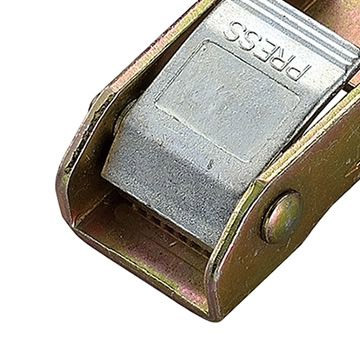temporary bracing structural steel
Temporary Bracing in Structural Steel An Essential Component for Stability
Temporary bracing is a critical aspect of structural steel construction that ensures stability and safety during various phases of a project. As buildings rise, the integrity of the framework must be maintained until permanent connections and elements are fully in place. This article delves into the significance of temporary bracing, its types, applications, and best practices in structural steel construction.
Understanding Temporary Bracing
Temporary bracing refers to the use of structural elements, typically made from steel, that are installed to support a framework during construction. These braces are designed to resist lateral forces and prevent structural deformities while the main structural systems are being erected. Lateral loads from wind, seismic activity, and construction activities can exert significant stress on unfinished structures, making effective bracing essential.
Types of Temporary Bracing
1. Diagonal Bracing This is a common form of temporary bracing that involves placing diagonal members between vertical and horizontal elements of the structure. By creating triangular shapes, diagonal bracing enhances rigidity and distributes loads more effectively.
2. K-Bracing Similar to diagonal bracing but involves the use of K-shaped configurations, this type offers increased strength and stability. It is particularly beneficial in structures that are expected to encounter substantial lateral forces.
3. X-Bracing X-bracing utilizes a cross configuration that can provide significant resistance to deformation. This method is often used where aesthetic considerations are secondary to structural integrity.
4. Shear Walls Although not strictly temporary bracing, shear walls can serve a similar purpose by providing additional resistance to lateral forces. These walls are often implemented during the construction phase to protect against wind and seismic loads.
Applications of Temporary Bracing
Temporary bracing is applied in various construction scenarios. It is prominently used in high-rise buildings, bridges, and large industrial structures where the risk of lateral forces is more pronounced. In particular, during the erection of steel frames, temporary bracing allows for safe assembly, helping to maintain the correct geometry of the structure until permanent bracing can be installed.
temporary bracing structural steel

Moreover, temporary bracing is crucial during extreme weather conditions. During storm forecasts, for instance, additional bracing may be installed to ensure the structure remains safe until it can be fully enclosed and secured.
Best Practices for Temporary Bracing
Implementing temporary bracing requires a thoughtful approach. Here are some best practices to consider
1. Design Coordination Collaborate with structural engineers to devise an effective bracing plan that complements the overall design while ensuring safety.
2. Regular Inspections Conduct routine inspections to check the integrity of temporary bracing systems. Look for signs of wear, misalignment, or unexpected stresses that could compromise stability.
3. Material Quality Use high-quality materials that meet safety standards to ensure the effectiveness of temporary bracing. The choice of steel grade and thickness can significantly impact performance under load.
4. Clear Documentation Maintain detailed records of bracing configurations, installation dates, and inspection findings. This documentation can be invaluable for future maintenance and project evaluations.
5. Training for Workers Ensure that all personnel involved in the installation and maintenance of temporary bracing are adequately trained in safety protocols and best practices.
Conclusion
Temporary bracing plays an indispensable role in the construction of structural steel frameworks. By providing essential support, it ensures the stability and safety of the structure during its vulnerable construction phase. Adhering to best practices in design, inspection, and worker training can significantly enhance the effectiveness of temporary bracing, leading to successful project outcomes. As the construction industry continues to evolve, the importance of temporary bracing in ensuring structural integrity cannot be overstated.
-
Weatherproof Plastic Expansion Anchors for OutdoorNewsJun.06,2025
-
Sustainability in the Supply Chain: Eco-Friendly TEK Screws ProductionNewsJun.06,2025
-
Load-Bearing Capacity of External Insulation FixingsNewsJun.06,2025
-
Double Head Bolts: Enhancing Efficiency in Industrial MachineryNewsJun.06,2025
-
Corrosion Resistance in Chipboard Screws: Coatings for Wholesale DurabilityNewsJun.06,2025
-
Butterfly Toggle Bolts : Enhancing Structural ResilienceNewsJun.06,2025
